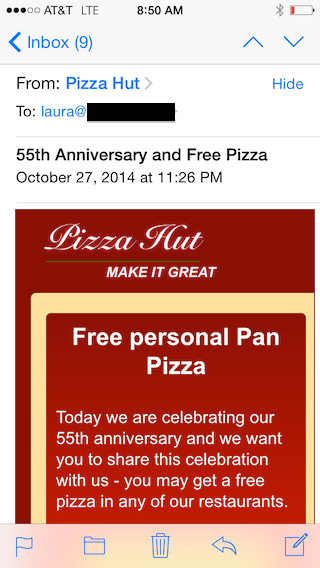Don't just follow the HOWTO
- laura
- May 11, 2016
- Best practices
![]() There are so many moving parts to ensure good email deliverability. Email marketers need to know marketing, they need to know email and they need to know design. The technical bits of email can be a challenge to learn, and many folks who write tutorials and How-Tos write them for a different audience than marketers.
There are so many moving parts to ensure good email deliverability. Email marketers need to know marketing, they need to know email and they need to know design. The technical bits of email can be a challenge to learn, and many folks who write tutorials and How-Tos write them for a different audience than marketers.
One of the things I’m trying to do is demystify the technical end of email for marketers. Today I talked about authentication in the Only Influencers newsletter. Check it out!
Understanding the technical: Authentication
Authentication in general
- Authenticate with both SPF and DKIM. Because they use different mechanisms to authenticate mail it’s unlikely that both will fail at the same time.
- Some ISPs are checking for authentication alignment even in the absence of a DMARC record. Aligned mail is better than unaligned mail.
- Hacked DNS records can let a malicious actor take your reputation. Talk to your IT department to use DNSSec.
- Turning on DMARC affects more than just your bulk mail, it affects all mail coming from your domain. Deploy DMARC policy requests with care or risk deliverability problems.
- Most receivers request but do not require authentication for mail sent over IPv4.
- Most receivers require authentication for mail sent over IPv6.


